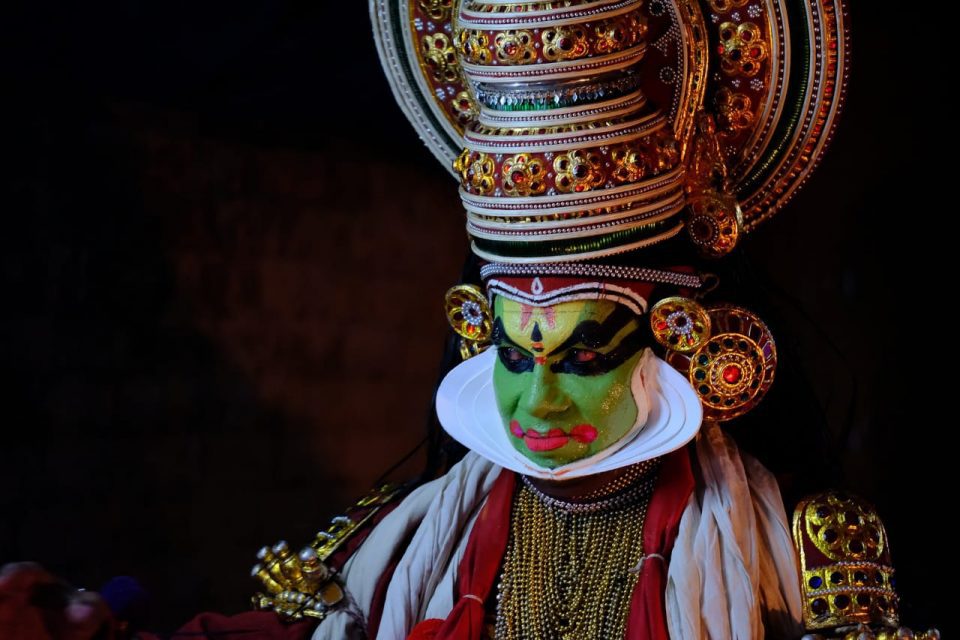God’s own country Kerala, a southern state of India is home to the world-famous classical dance, Kathakali.
Kathakali dance is a cultural dance drama in the essence of the spirit of India. The dancer’s colorful components like costumes coma makeup are so full of expressions and body language perfectly tune with the rhythm of Indian classical music.
History of Kathakali
Kathakali dance marks its history back to the 17th century. Its practice comes from ages back to 1585 to 1658 AD, from Krishnattam, the depiction of the life of lord Krishna. Gradually a new out form was brought out of Krishnattam known as Ramanattam which was then known by the Attakatha and finally e-court identified as Kathakali.
Instruments and Costumes
Along with the unique bright colored costumes and the distinctive makeup, the expressions of the dancer especially the eye movement are the most important aspects of kathakali dance. Accompanied by the classical instruments playing in the background including a pair of cymbals and chengila, carnatic singers, and ilathalam the dancer with it’s beautiful gestures, hand movements and footwork makes it a delightful and graceful art form of India.
Every character has a different costume in Kathakali dance such as Minukku for the females, Sathwika for the hero, Kathi, and Thatti for villains. Main dancers wear Kireedam costumes and the components of eye makeup are extracted from lime. The costumes involve plated skirts and jackets all multi-coloured.
Famous all around the globe, Kathakali has actually got a number of innovations. For eg, The USA initiated after creating makeup replacements pieces and frames along with accessories and costume placements.
The dynamic eyes of the dancers are the essential part of the historic cultural dance of Kerala.
When talking about the dances of India, there are various other classical dances of India, like Bharatnatyam, Kathak, Manipuri, etc.
Stay Healthy, Sta5ry Safe, Stay at Home and Stay Tuned



